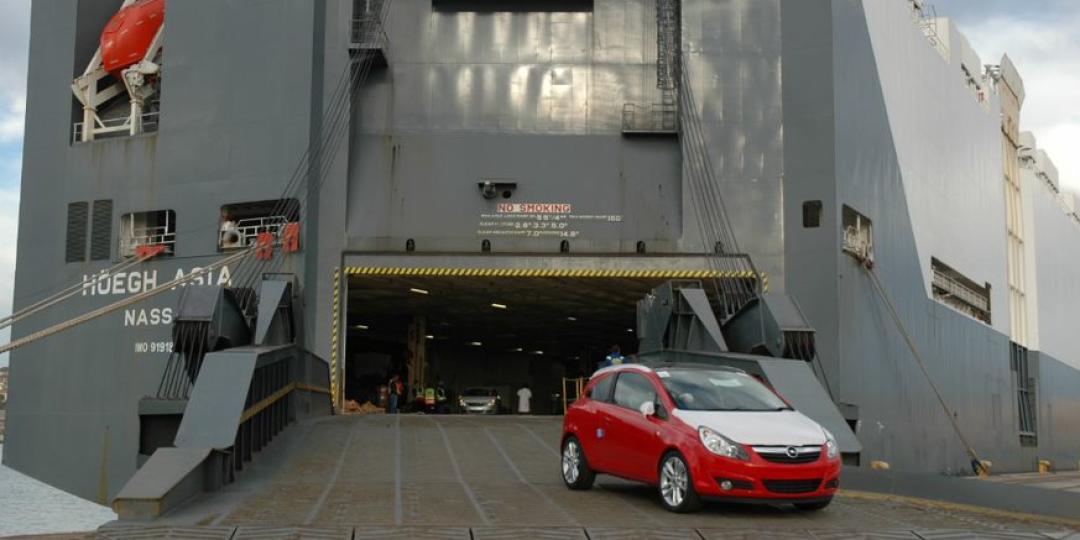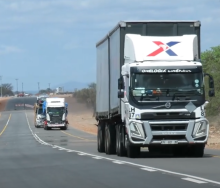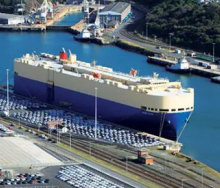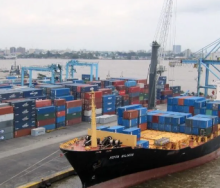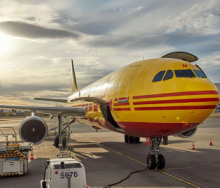South Africa’s motor industry is reflecting the impact of tough economic conditions but despite the decline in aggregate domestic new vehicle sales, there has been an uptick in the sale of heavy trucks, while export numbers remain ahead of performance recorded in 2022.
This is according to the latest data released by The Automotive Business Council (also known as Naamsa) this week.
“External business factors, including the higher fuel prices, ongoing challenges in transport logistics, Eskom's incapacity to meet industry's energy demands, the volatility in commodity prices, and the intricate external environment, have exerted significant pressure on the automotive industry's key performance indicators,” Naamsa said in a statement.
Despite these challenging conditions Naamsa said the industry had displayed “a modest yet commendable resilience” in year-to-date new vehicle sales and export performance for September 2023.
“This resilience can be attributed to the relatively low production volumes, emanating from the 2022 flood induced halts,” Naamsa said.
Aggregate domestic new vehicle sales, at 46,021 units reflected a decline of 1,963 units, or a fall of 4,1%, from the 47,984 vehicles sold in September 2022. But new vehicle sales for the year-to-date at 401, 315 units were still 2,5% ahead compared to the same time last year.
Export sales recorded a decline of 5,217 units, or 12,6%, to 36,247 units in September 2023 compared to the 41,464 vehicles exported in September 2022. However, vehicle exports for the year to date are now 8,3% ahead of the same period last year at a total of 285,200 units.
Overall, out of the total reported industry sales of 46,021 vehicles, an estimated 37,149 units, or 80,7%, represented dealer sales, an estimated 6,241 units or 13,6% represented sales to the vehicle rental industry, 2,9% or 1 321 units to industry corporate fleets, and 2,8% or 1 310 units sales to government.
New passenger car sales declined 8,4% to 29,669 units compared September 2022.
“The car dealer industry supported the new passenger car market during the month and accounted for a sound 76,1% of sales in September 2023, while the rental sales accounted for 18,9% or 5 609 units of the new passenger vehicles sales,” Naamsa said.
Domestic sales of new light commercial vehicles, bakkies and mini-buses grew 4,6% to 13,169 units, while the heavy truck segments of the industry reflected a positive performance of 10,5% to 2,356 units.
Naamsa said the industry continued to grapple with concerns over consumer affordability, despite the fact the South African Reserve Bank (SARB) maintained the repurchase rate at 8,25% last month.
“The most recent Sarb report indicates a 0,3% contraction in household consumption expenditure, with household debt surpassing household disposable income by 62,5% in the second quarter of 2023,” Naamsa said.
“Additionally, the industry faces potential upward pressures stemming from an elevated inflation outlook, fluctuations in the exchange rate, rising fuel prices, and increased energy costs.”
On a positive note, Naamsa added that StatsSA reported that the manufacturing and finance industries were the core drivers of GDP growth in the second quarter of 2023, recorded at 0,6%.
Motor vehicles, parts and accessories, and other transport equipment grew by 9,5%, contributing 1,0% to the GDP.
“This unequivocally demonstrates that, despite the less favourable economic prospects, the outlook for the South African vehicle market in 2023 remains distinctly optimistic. The year-to-date new vehicle sales volumes and exports have held their own, indicating a positive trajectory toward achieving Naamsa's forecasts of 563,000 for the former and 380,900 for the latter,” Naamsa said.
